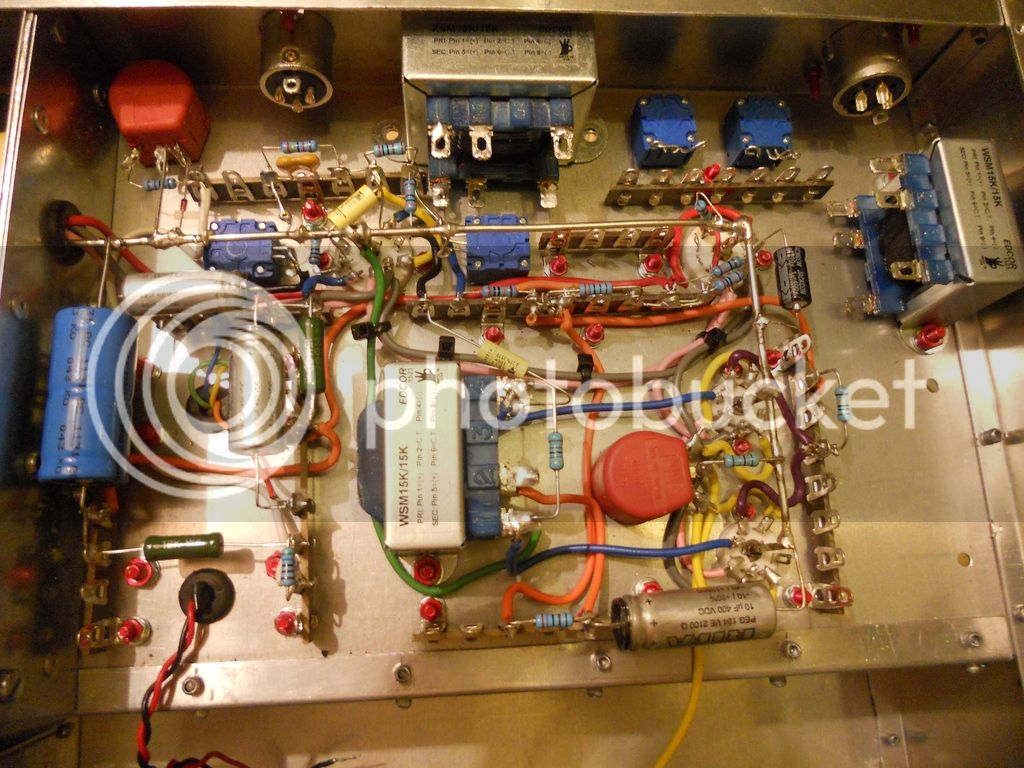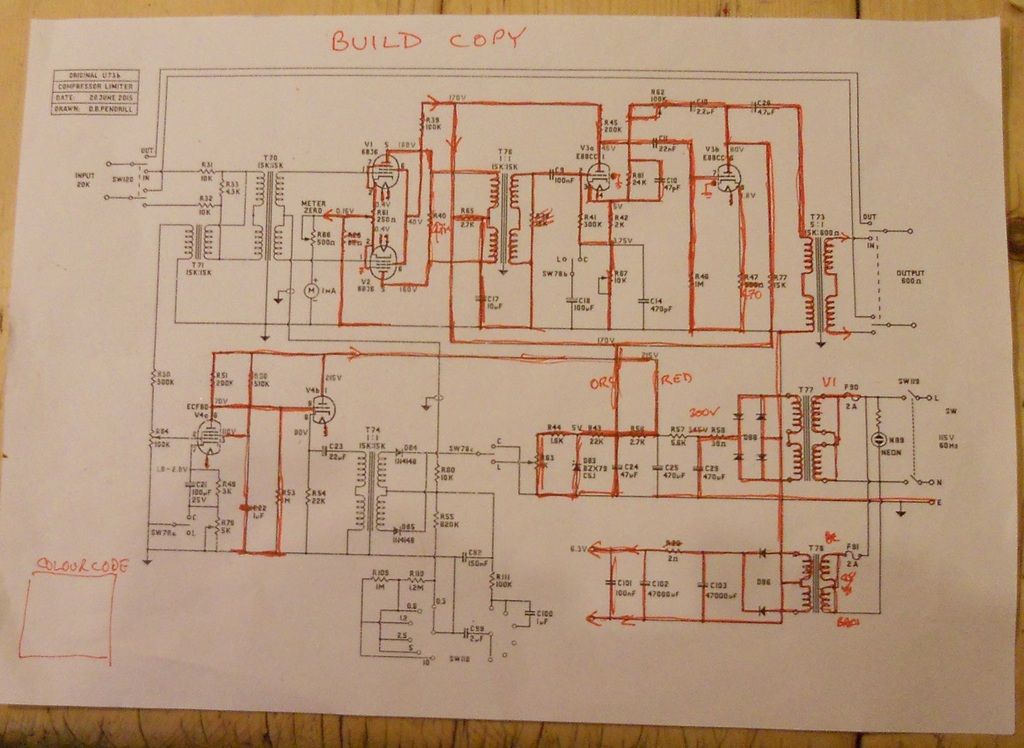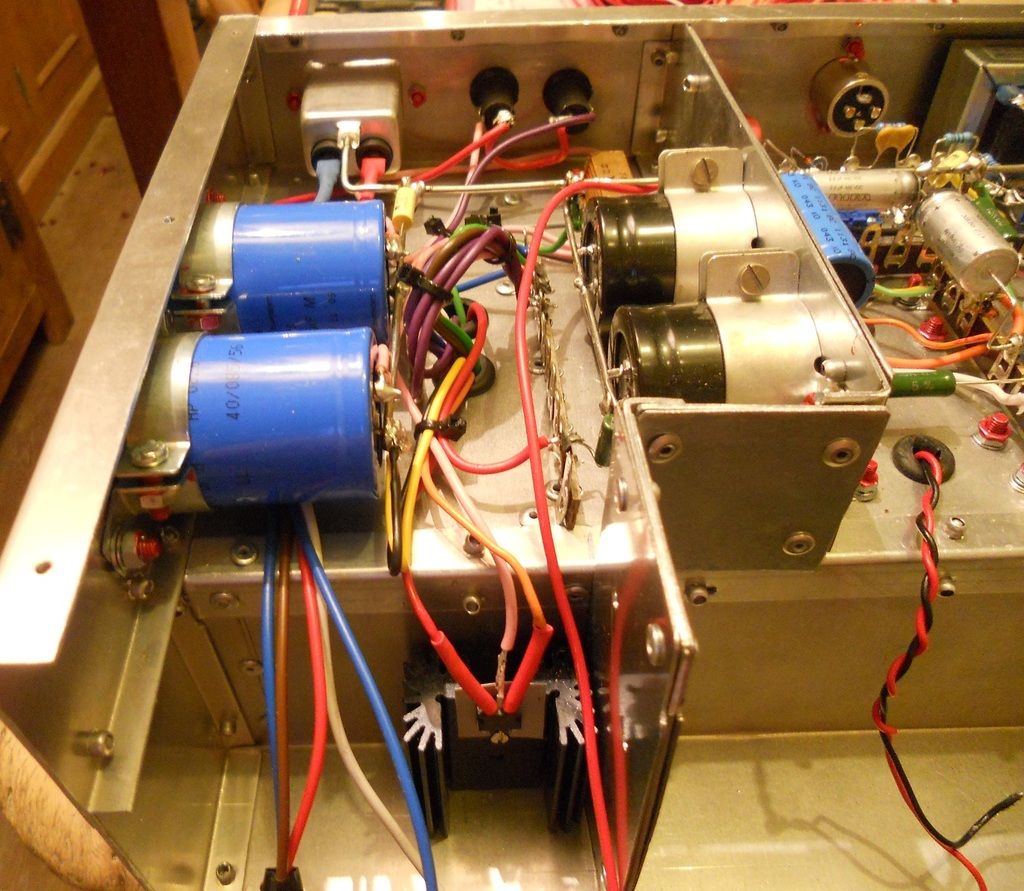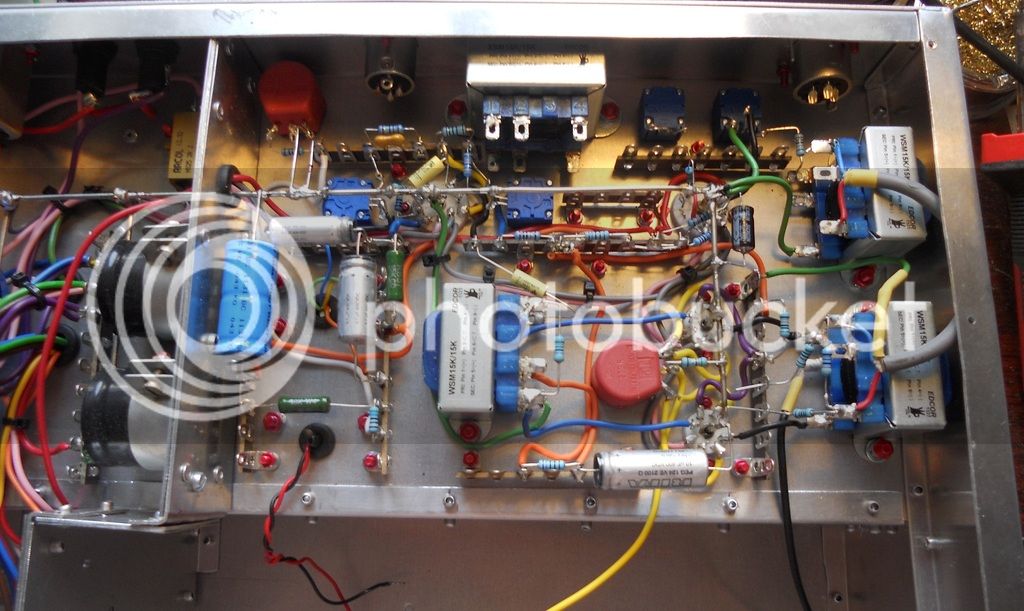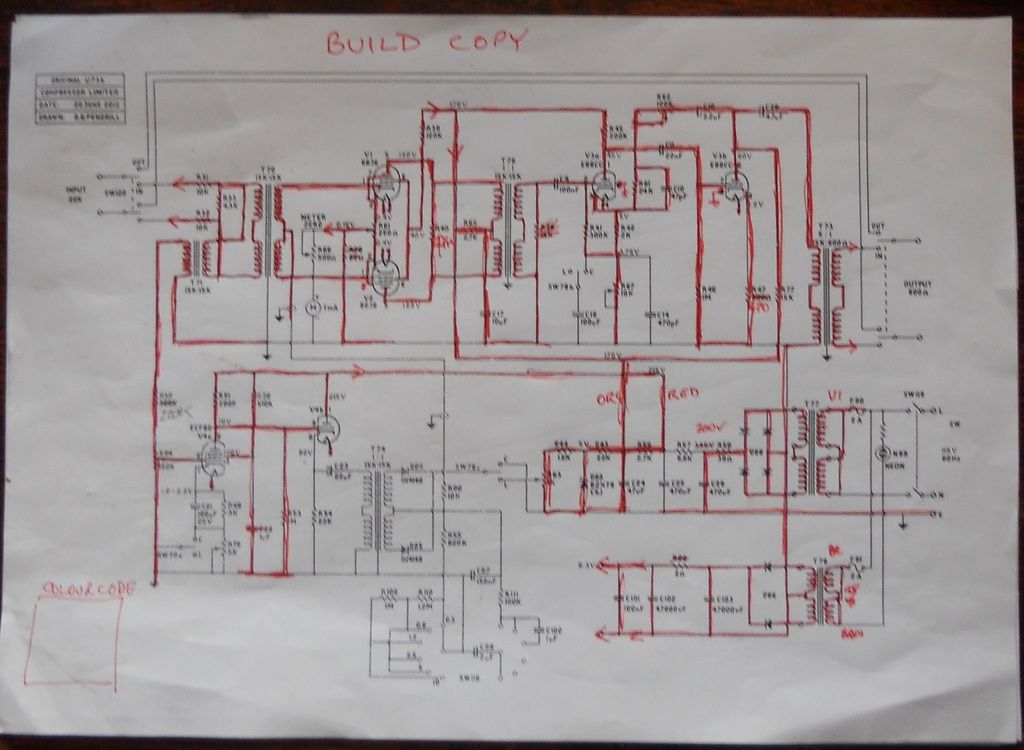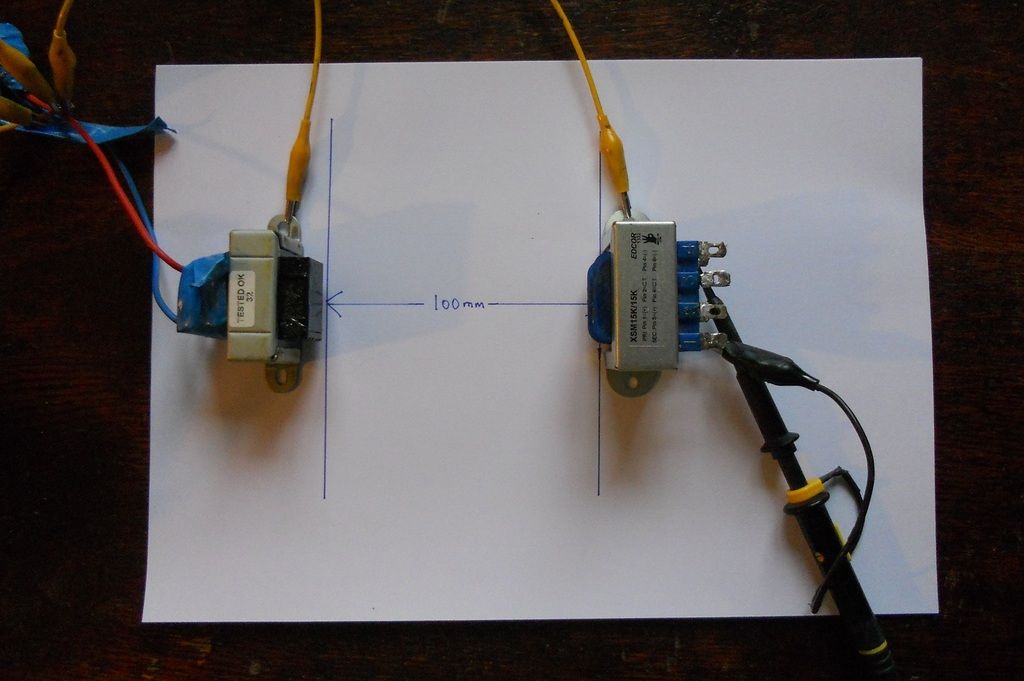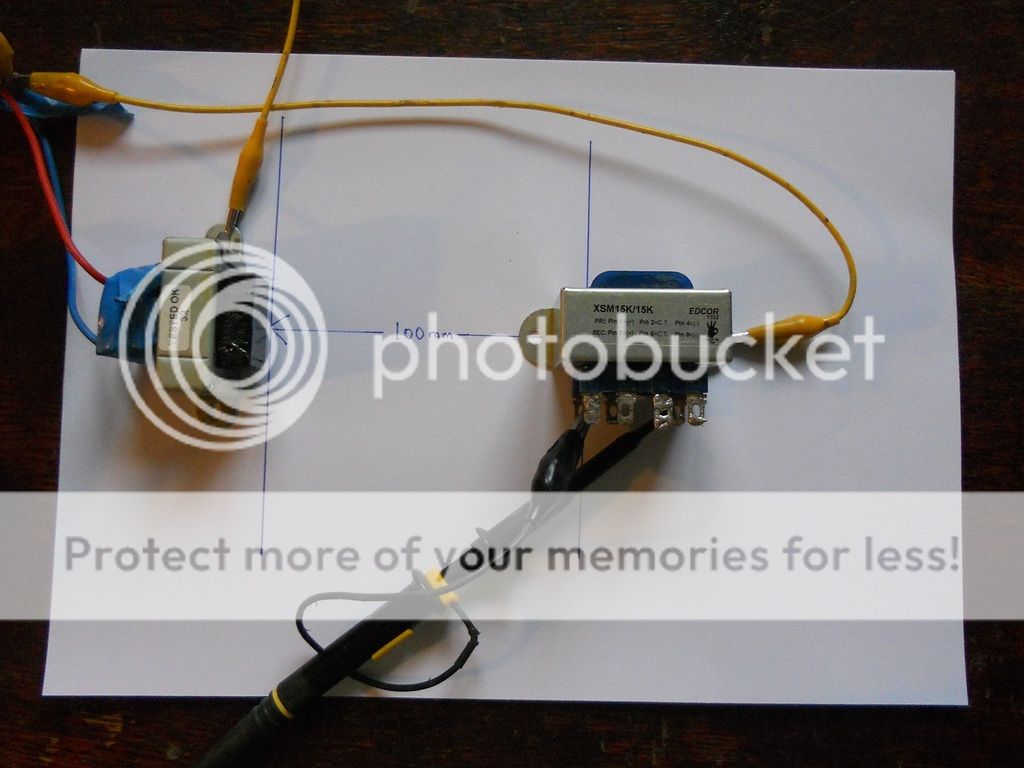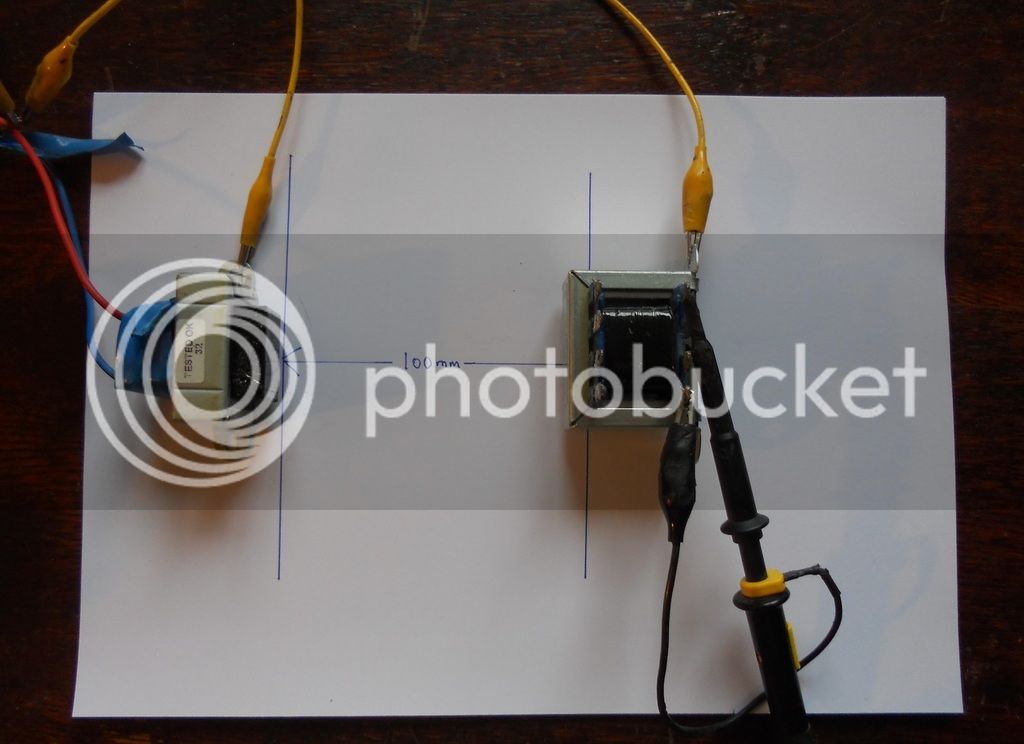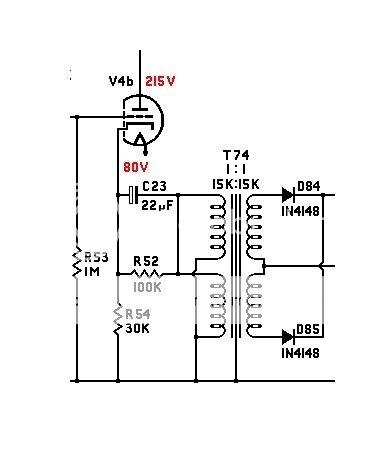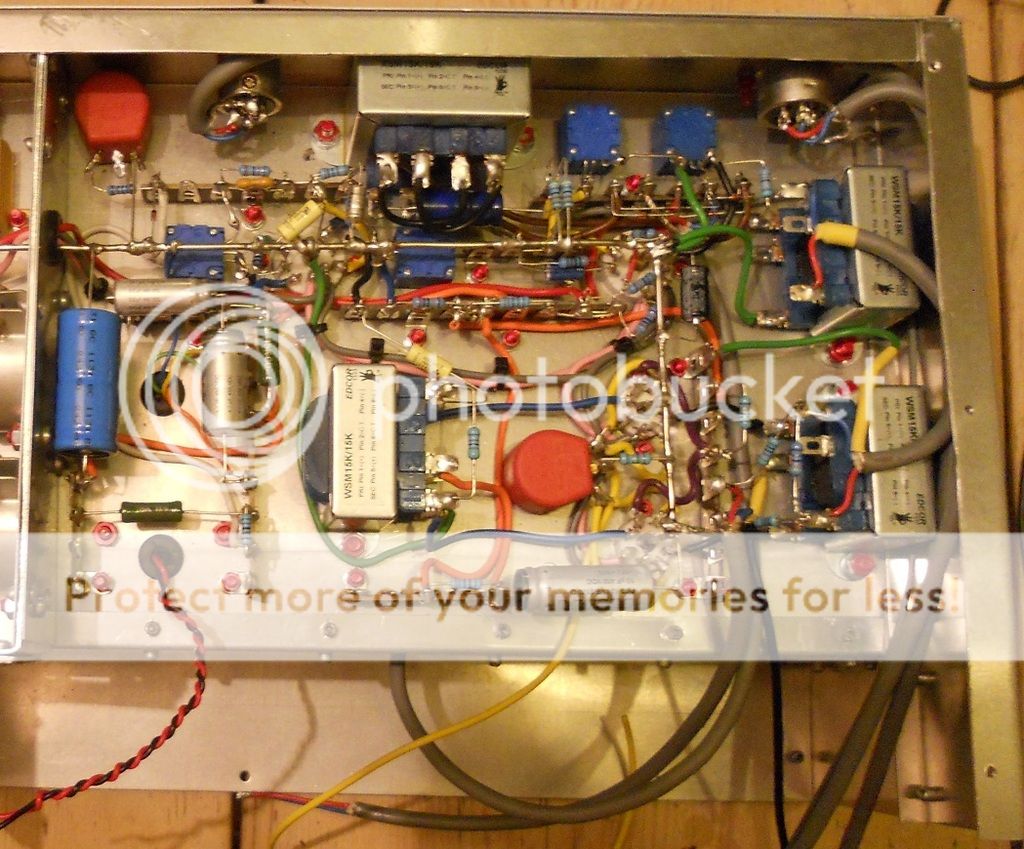I've managed to make some progress today as some parts have finally arrived.
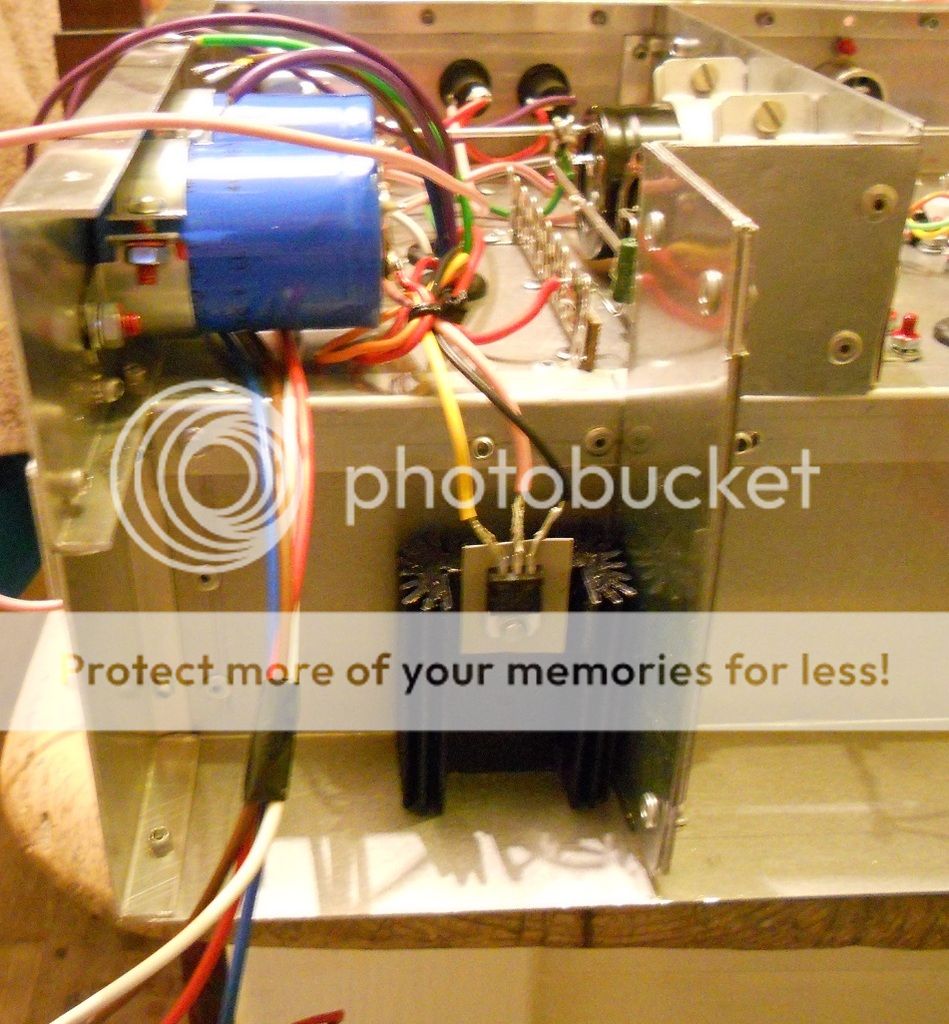
This shows the insulating pad on the heat sink for the schottky diodes for the heater supply. I've been waiting more than a week for that.
The heater wiring is now in, please note that the colour of the wiring does not infer the sexual orientation of the DC supply :
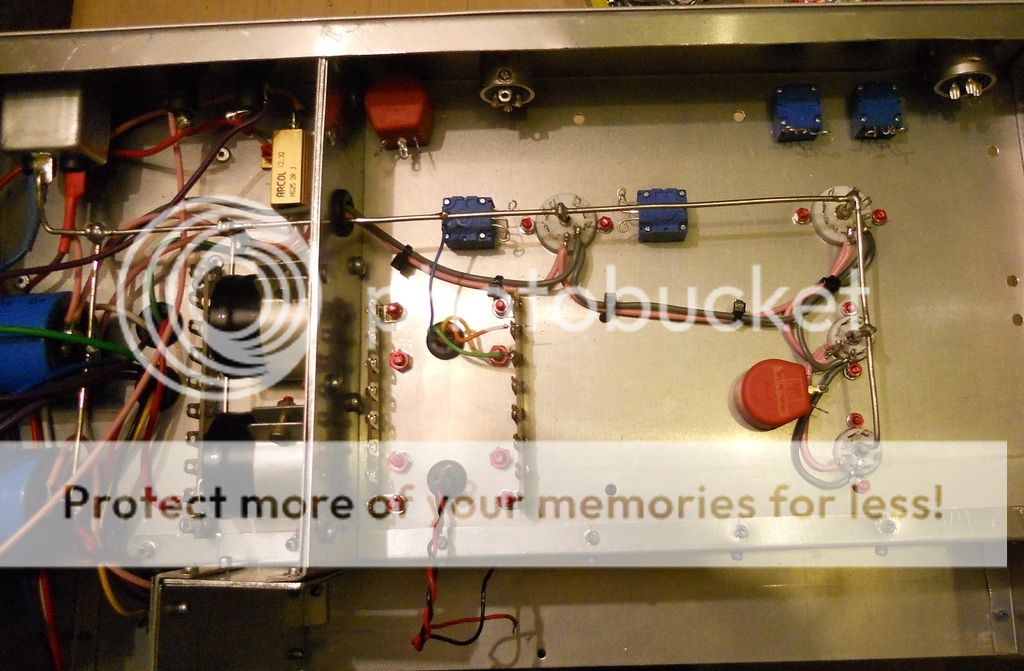
I also had to order a metal clad power resistor for the heater supply, luckily that came out as exactly 2 ohms.
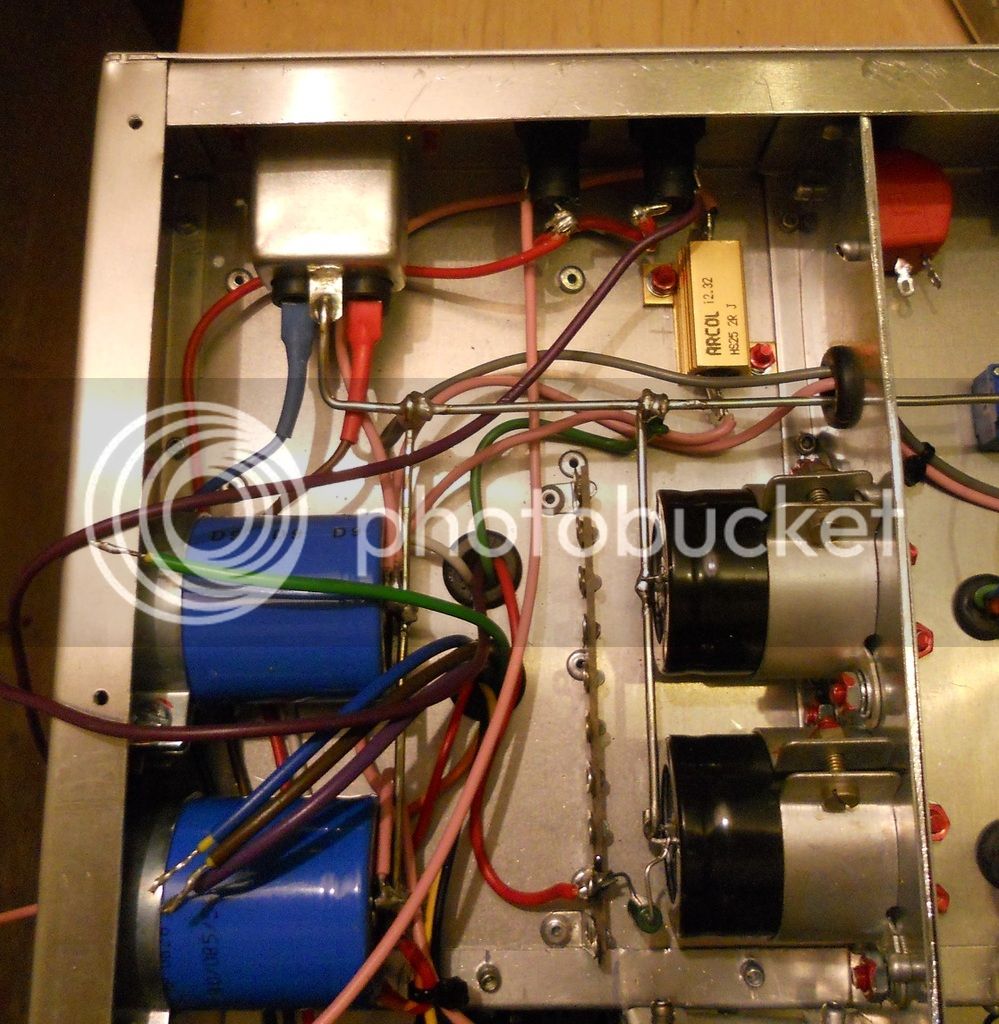
That tucks away nicely in the power supply box.
Finally, the OPT is in place.
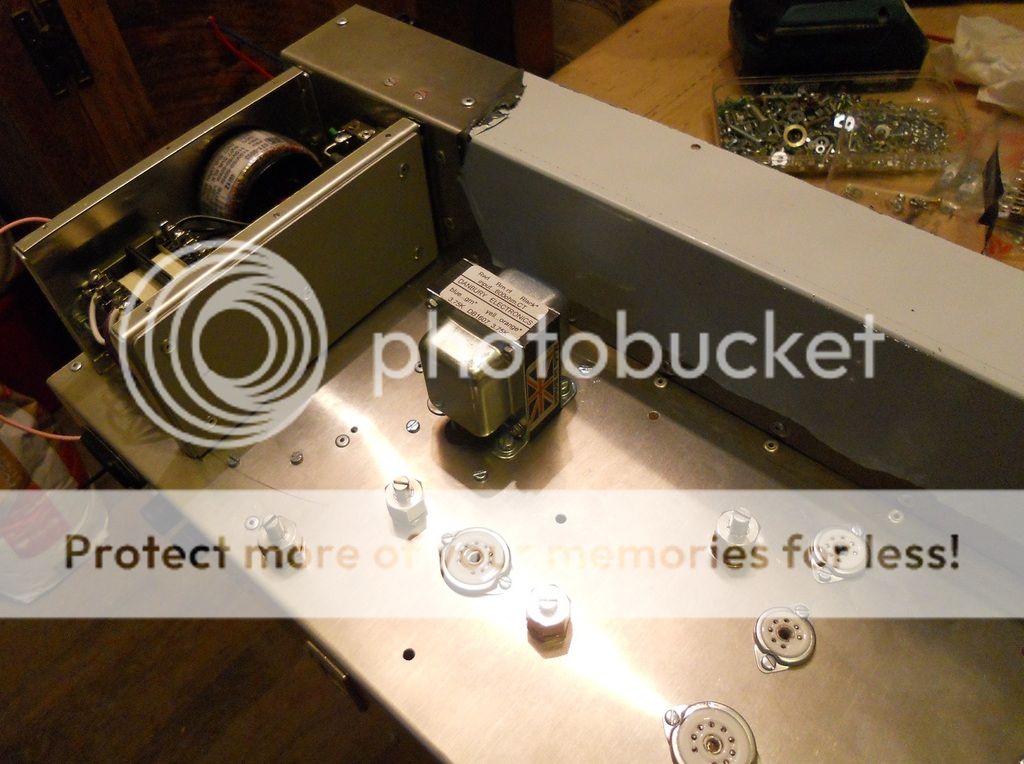
This was one of five I had made for me by Danbury Electronics in the UK, 15k:600, goes by the number DB1607. I needed some with screens which is something Edcor does not offer, pity that.
The components are now starting to go in, more on that next post.
best
DaveP

This shows the insulating pad on the heat sink for the schottky diodes for the heater supply. I've been waiting more than a week for that.
The heater wiring is now in, please note that the colour of the wiring does not infer the sexual orientation of the DC supply :

I also had to order a metal clad power resistor for the heater supply, luckily that came out as exactly 2 ohms.

That tucks away nicely in the power supply box.
Finally, the OPT is in place.

This was one of five I had made for me by Danbury Electronics in the UK, 15k:600, goes by the number DB1607. I needed some with screens which is something Edcor does not offer, pity that.
The components are now starting to go in, more on that next post.
best
DaveP




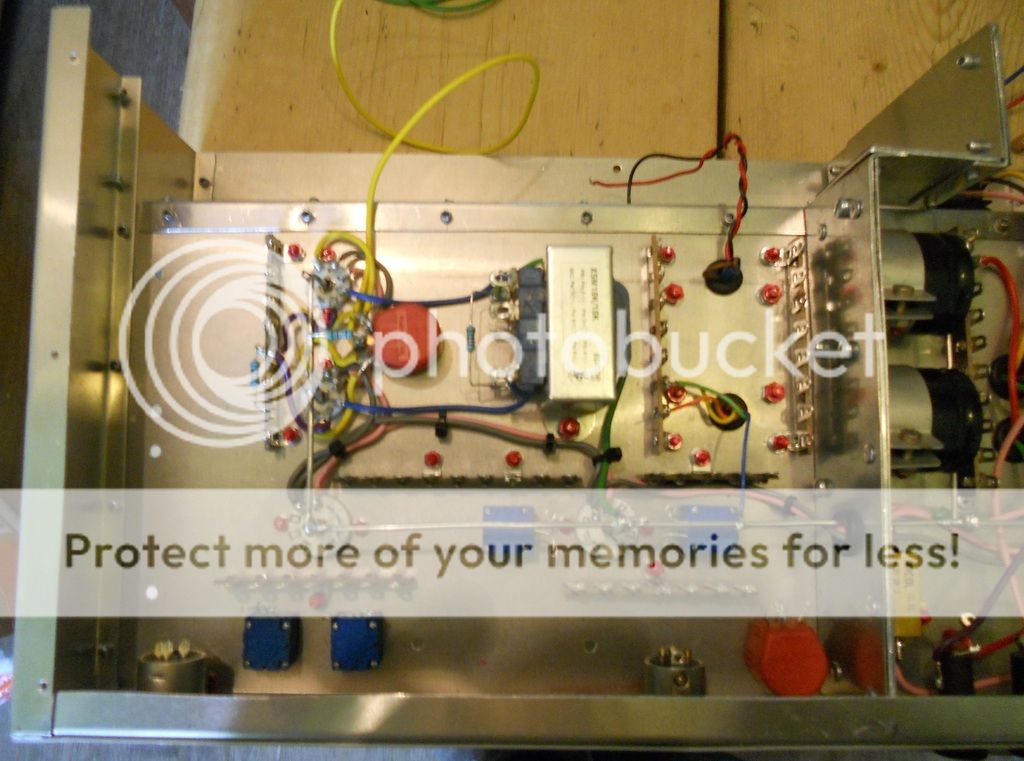
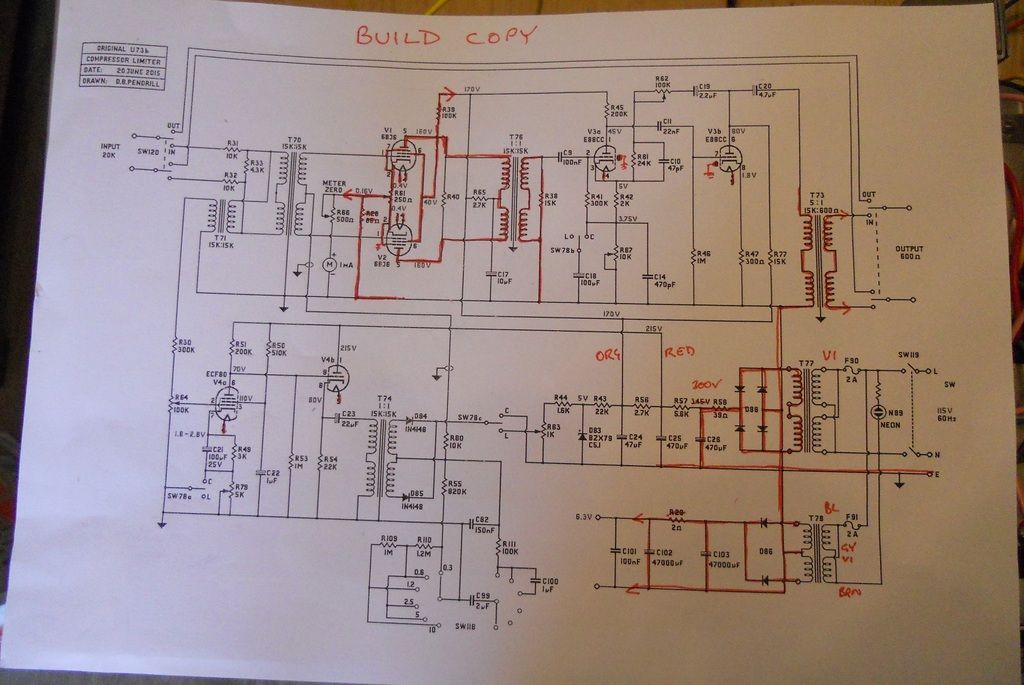
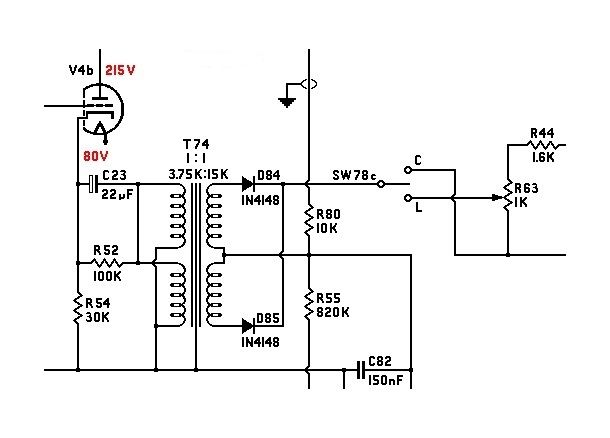
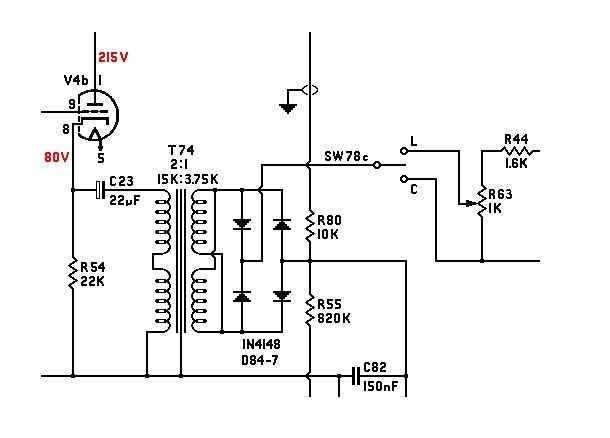













![Soldering Iron Kit, 120W LED Digital Advanced Solder Iron Soldering Gun kit, 110V Welding Tools, Smart Temperature Control [356℉-932℉], Extra 5pcs Tips, Auto Sleep, Temp Calibration, Orange](https://m.media-amazon.com/images/I/51sFKu9SdeL._SL500_.jpg)















